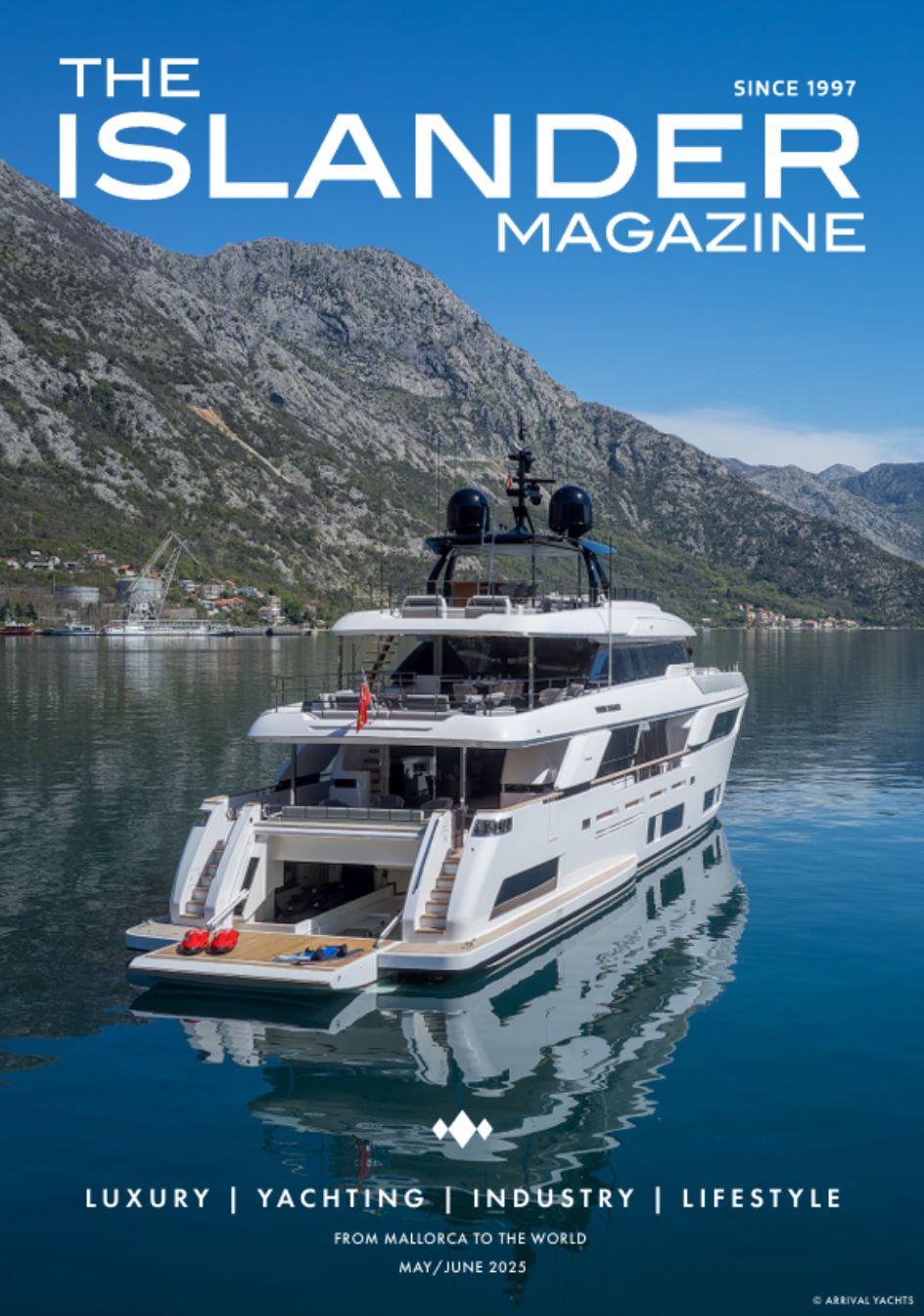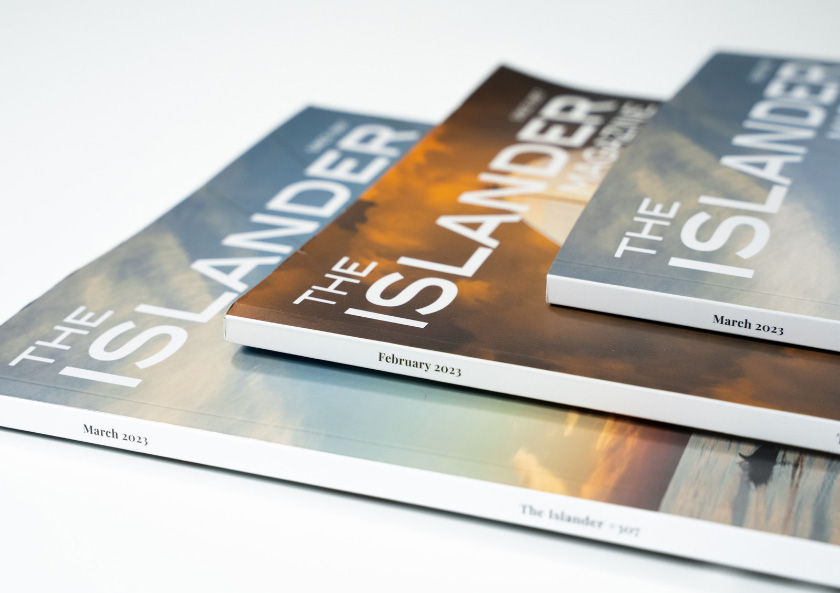Hurricane season 2017 – Preliminary assessment of the damage in the recreational yachting sector
A good month after two hurricanes of the highest category hit the Caribbean and large parts of Florida within a very short period of time, the ultimate extent of the damage caused in many of the affected areas has still not been determined. Recreational yachting has also been hit particularly hard on the islands of St. Martin, Tortola and Virgin Gorda, as Holger Flindt, Head of the Claims Department at Pantaenius Yacht Insurance, confirms: “We are currently working on the assumption that about 230 vessels covered by the Pantaenius Yacht Group will be affected. However, the total number of damaged boats and yachts in the Caribbean and Florida is much higher, as the dramatic photos of our experts show. Charter fleets have especially suffered enormous damage.”
As the first insurance company in the water sports industry, Pantaenius Yacht Insurance dispatched several teams, consisting of employees of the Marine Claims Service and local expert offices, to the hurricane areas just a few days after Hurricane IRMA broke out. With the help of a chartered catamaran as a mobile claims office, it was possible to identify almost all yachts insured with Pantaenius in the region, document damage and organise initial salvage operations. Holger Flindt commented: “The identification of the actual location of the individual yachts in particular proved to be a challenge for the local teams, despite detailed information provided by the owners. Even catamarans weighing up to 30 tons were moved into bays or other parts of the islands by the enormous wind speed or the tidal waves that accompanied it.”
Eico Ehrsam, who worked as an expert for several weeks for Pantaenius in the Caribbean, reports that the hurricane season of 2017 with IRMA and MARIA, has probably caused the greatest accumulation damage in the area of recreational yachting ever experienced. The capacity of local companies in the water sports industry to act is severely restricted by the lack of an intact infrastructure, the lack of adequate personnel and equipment for salvage operations as well as the necessary storage space for salvaged or rebuilt boats. In many places, the population is also lacking the most basic necessities, so they are still dependent on the military and relief organisations to survive.”
It will be some time before a final number of affected yachts have been determined by Pantaenius Yacht Insurance, reports Flindt: “In some cases we may still receive new claims notifications, even though we informed all our customers with the relevant cruising area and asked for information even before Hurricane IRMA reached the Caribbean. We can assume however, from our database that the total number will not change significantly. Some losses, which are clearly a total loss, have already been settled. The way in which yachts repair needs are handled depends on how the infrastructure on the islands develops over the next few weeks. We still have a team on site and several experts on standby who can fly back to the Caribbean if necessary.”
Martin Baum, Managing Director of the Pantaenius Yacht-Group: “IRMA and MARIA presented us with one of the greatest logistical challenges in the field of claims settlement that Pantaenius has ever experienced. With the dispatch of our teams to the islands, however, we were able to quickly gain a comprehensive overview of the damage to yachts insured with us despite the adverse conditions. This additional service is a clear advantage for our customers and demonstrates the strength of our crisis-tested claims management. Private individuals would very probably have failed immediately after the storm had passed, if they had arrived in the Caribbean. We are continuing to work at full speed to coordinate the salvage and repair work ahead. However, when this is actually possible depends on the development of local infrastructure, in particular the restoration of water-based access routes. The supply of replacement materials such as masts, rigs and similar equipment, which are the most frequently damaged parts due to hurricanes, will also pose an enormous challenge for the global manufacturers of such products. It remains to be seen whether the production volume in this sector can be increased in the short term.”
Press Contact:
Jonas Ball
+49 40 37091 251













0 Comments